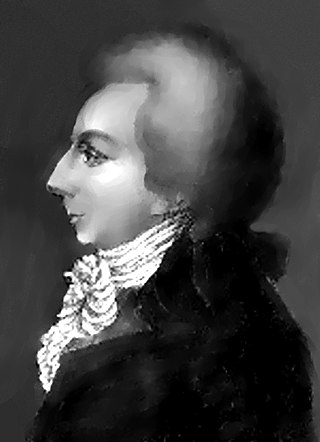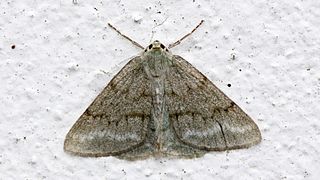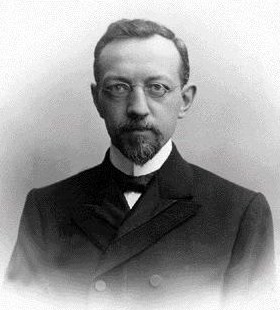
The rove beetles are a family (Staphylinidae) of beetles, primarily distinguished by their short elytra that typically leave more than half of their abdominal segments exposed. With roughly 63,000 species in thousands of genera, the group is the second largest family in the beetle order, after the true weevils (Curculionidae), which also makes in one of the largest families of organisms. It is an ancient group, with fossilized rove beetles known from the Triassic, 200 million years ago, and possibly even earlier if the genus Leehermania proves to be a member of this family. They are an ecologically and morphologically diverse group of beetles, and commonly encountered in terrestrial ecosystems.

Guillaume-Antoine Olivier was a French entomologist and naturalist.
Julius Leopold Theodor Friedrich Zincken or Zinken also Sommer was a German entomologist. He also appears in literature cited as Zinken-Sommers and Zinken gennant Sommers.

Amédée Louis Michel le Peletier, comte de Saint-Fargeau, also spelled Lepeletier or Lepelletier, was a French entomologist, and specialist in the Hymenoptera.
The Royal Belgian Entomological Society is a learned society based in Brussels. It is devoted to entomology, the study of insects. It was founded on 9 April 1855 with Edmond de Sélys Longchamps as its first president.

Callidulidae, the only known family of the superfamily Calliduloidea, is the family of Old World butterfly-moths, containing eight genera. They have a peculiar distribution, restricted to the Old World tropics of Southeast Asia to Australasia and Madagascar. The three subfamilies exhibit both day- and night-flying behaviour.

Eupterotidae is a family of insects in the order Lepidoptera with more than 300 described species.

Samuel Constant Snellen van Vollenhoven was a Dutch entomologist. He is not to be confused with Pieter Cornelius Tobias Snellen another entomologist from Rotterdam.
Haemanota is a genus of moths in the family Erebidae. The genus was erected by George Hampson in 1901.
Jacob Rudolph Hendrik Neervoort van de Poll was a Dutch entomologist who specialised in Coleoptera. He was the vice-president of Artis, the Amsterdam zoo; a member of the Netherlands Entomological Society and the Société entomologique de France. The butterfly Troides vandepolli was named, by Samuel Constantinus Snellen van Vollenhoven, curator of the Leiden Museum, in his honour.

Theodor Hartig was a German forestry biologist and botanist.

Annales de la Société entomologique de France is one of the oldest entomology journals in the world. It was founded in 1832, and began a new series in 1965, when it merged with Revue Française d'Entomologie and Revue de Pathologie Végétale et d'Entomologie Agricole de France. It is published by Taylor & Francis. It publishes original research papers about insects (Hexapoda), Arachnida and Myriapoda: taxonomy, comparative morphology, phylogeny, zoogeography, population genetics, plant-insect relationships, ethology, ecology, biology. Concerning taxonomy, the journal avoids publishing isolated descriptions and gives preference to papers that include ecological, biogeographical, phylogenetical considerations, or comprehensive revisions.
Hervé de Toulgoët was a French entomologist. He specialised in moths of the families Arctiidae and Zygaenidae. He also studied the beetle genus Carabus. He was written about by Paul Thiaucourt and Jocelyne Navatte.

The Pseudoterpnini are a tribe of geometer moths in the subfamily Geometrinae. The tribe was described by Warren in 1893. It was alternatively treated as subtribe Pseudoterpniti by Jeremy Daniel Holloway in 1996.

Trechinae is a subfamily of ground beetles in the family Carabidae. There are 6 tribes, more than 430 genera, and over 6,700 described species in Trechinae.
Alexey Nikolaievich Diakonoff, also transliterated as Alexej Nikolajewitsch Diakonoff, was a Russian–Dutch entomologist who specialised in Microlepidoptera.
Pieter Cornelius Tobias Snellen was a Dutch entomologist.

Johannes Cornelis Hendrik de Meijere was a Dutch zoologist and entomologist who specialised in Diptera and Coleoptera.

Scopariinae is a subfamily of the lepidopteran family Crambidae. The subfamily was described by Achille Guenée in 1854.

Epermenia is a genus of moths in the family Epermeniidae. The genus was first described by Jacob Hübner in 1825.












